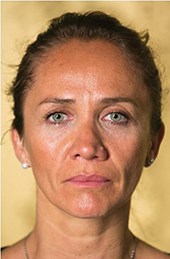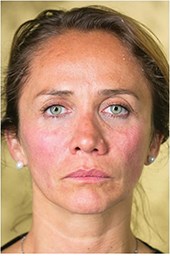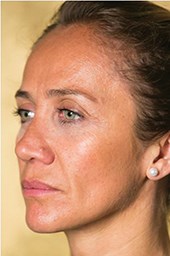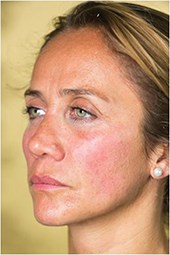It is generally agreed that the choice of cannula or needle is site and material dependent, but the injector‘s comfort and skill in creating a desired aesthetic result is also important. The two most important considerations are the aesthetic outcome and safety and that is where the debate lies.
Introduction
The evolution in the world of fillers has happened on many fronts:
- Number of indications – from only treating nasolabila lines to full facial treatment, we have progressed from just a technical filling of static lines to the art of beautifying and even further to improve skin hydration and texture.
- Understanding the anatomy of facial ageing itself – from the effects of gravity and loss of collagen and elastin, to the works of Pessa and Rorich on fat pads and by Shaw on bony changes, all leading us to rebuild the face at various depths to replace the lost tissue.
- With retrospective intelligence we know that a fine cannula can breach any vessel wall as effortlessly as a needle. Most vascular complications were reported during fat injection days when it was mostly the cannula that was used! So it is not always intra-vascular injections that lead to complications but often pressure on the vessel from too much material around it.
Needle features
A needle is sharp, precise and has utmost tissue respect. When you work with a needle, you cut across tissue easily without having to push and tug, therefore treating all the surrounding tissue with most respect and minimising damage. The entry point is so fine that even on coloured skin, the chance of hyperpigmentation is almost negated as against a cannula which needs a larger entry point and while manoeuvring the direction of the cannula, one tends to widen the entry point even further.
We have evolved in our understanding in treating aesthetic areas. For example, while addressing tired under eye areas, correction is needed at various levels: from injecting deep to build on the bone loss along infralateral part of orbit, to replacing suborbicularis oculi fat (SOOF), to sub-dermal placement at times to hydrate the skin. So how can you be at various depths and so sure of the depth you are in with a cannula?
It is well established now that there is an element of art in the science of facial aesthetic injectables, so precision is key. How can you judge and extrude enough material to get the desired aesthetic outcome when you are using a long tool like the cannula that travels halfway across the face with lifting and stretching the tissue? One may argue that with the use of a short 30 gauge cannula, these concerns could be dismissed. But wasn’t the cannula brought in for its better safety profile in the first place and if so, then using any cannula narrower than 25 gauge makes no better a safety proposition than needles.
Further, the chance of infection is greatly minimised with needles as against a long cannula, which in a not-so-careful injector’s hands may glide on the skin or hair along the hair line during insertion and while handling of the cannula during reinsertion.
Indication-specific needle technique
Figures 1 and 2 show before and immediately after injection of the whole face, complete with all indications addressed and all planes worked upon, all within minutes after injection with needle alone. Multiple bolus, tenting, linear threading, fanning and fern were among the techniques used.




Before and immediately after injection
of the whole face with needle alone.
My opinion is that the fear of needles is over emphasised and the advantages of precision, minimal tissue trauma and the ease of the procedure to the physician and patient is overlooked. Additionally, depending on the technique, the site of injection and the physician skill needles can be just as safe.
Some points to remember
-
Choose fine needles like 30G / 27G.
-
Keep moving the needle while depositing the product.
-
Deposit small boluses at a time.
-
Withdrawing before depositing may be debatable again, as keeping the tip at the exact same spot through it all is almost impossible.
-
Take note of the pressure while injecting.
-
Look for tissue response as you inject.
-
If the site bleeds, apply pressure for a whole minute or more.
Declaration of competing interests: None declared.
COMMENTS ARE WELCOME




